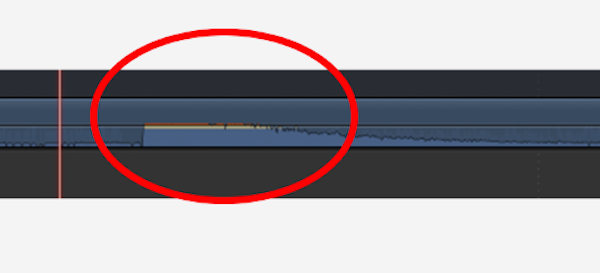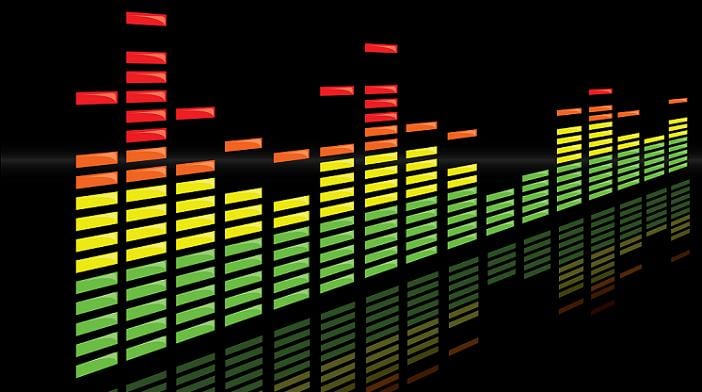 All images via bandzoogle.com
All images via bandzoogle.com
This article originally appeared on Bandzoogle.
Musicians are creative types and don’t want to always think about the business side of things – they want to focus on their music!
So to make the business side easier, you should always be taking pictures of rehearsals and gigs. Even better? Start taking videos of your gigs, rehearsals, and especially recording sessions. Doing this will build a great foundation of material for your YouTube channel, social media campaigns, and your EPK, which will serve to promote your music and help get you booked!
Statistics show that a moving image or video (including GIFs) are more likely to have someone stop and check it out than a static image. Luckily, the world of video production is getting more accessible to everyone – great news for the DIY musician! If you have a newer mobile phone, chances are the video camera on it is pretty decent, so start filming away! If you’re looking for something more elaborate, try checking out a GoPro or a DSLR.
But how do you make your DIY videos look more professional, and less, well, DIY? Here are a few tips to get you started.
1. Always make sure you're filming in landscape
The simple reason for this is that our TVs and screens are generally all HD now, which is built around of the aspect ratio of 16x9 (larger vertically than horizontally). So, you want to aim to fill as much content as possible into that space!
2. Think about your points of interest, or Rule of Thirds
As a general rule for photos and video, think about how you’re framing the subject. The basic guideline for framing is called the Rule of Thirds. If you’ve never heard of this before, it works like this: you want the point of interest (typically eyes of a person, or an object) to be centered on one of the intersecting points.
Here’s an example – you can see their eye level is generally at intersecting points:

3. Use a tripod or a steady hand
Shaky videos instantly make a viewer think of The Blair Witch Project, and it takes years of practice to make "handheld" cameras look good. Too much shakiness is distracting to the viewer, and makes it harder to focus on the important content of the video!
To help steady your camera or phone as you film, you’ll want to make sure you tuck your elbows into your sides. This allows you to put some of the weight of the camera into your core, instead of all on your arms. You can also try makeshift tripods – is there a music or mic stand nearby? These are great ways to improvise when you’re on the go.
If you’re able to invest in a tripod, you may want to look at cool GoPro attachments, which can allow for clipping directly onto a guitar. If you’re planning on using a DSLR for your filming, you can purchase a lightweight tripod for under $40 from most big-box or technology stores.
4. Don't stress (too much) about the audio
These are ultimately videos that you’ll be posting on social media, where the audio isn’t as important, or that you’ll give to an editor to edit your EPK, where the audio may be replaced with your professional recording.
But if you’re looking to up your audio game, try checking out some of the Zoom recorders available. They’re relatively inexpensive, and can really make the sound quality much better. Although phones nowadays have great video quality, they don’t have great sound quality.
Set your Zoom recorder up near the source of the sound you want to record, whether that be a person or the band. Do the "clap" test: have someone clap their hands on camera. This is the same as that black and white clapboard on movie sets. You do this so in the editing process you have a visual and audio cue to sync the sound and picture.
This is the moment of the clap impact:

This is what that looks like as a sound wave:

At the moment when the hands clap together on camera, you’ll also see a huge peak in your audio. When you match this frame with the audio peak, it will sync your video and audio!
Try out these tips, and hopefully you’ll find your marketing campaign and video editors are super happy with the content you’re giving them.
So remember – film often and film right!
Ali Boudreau is a television producer and writer.







